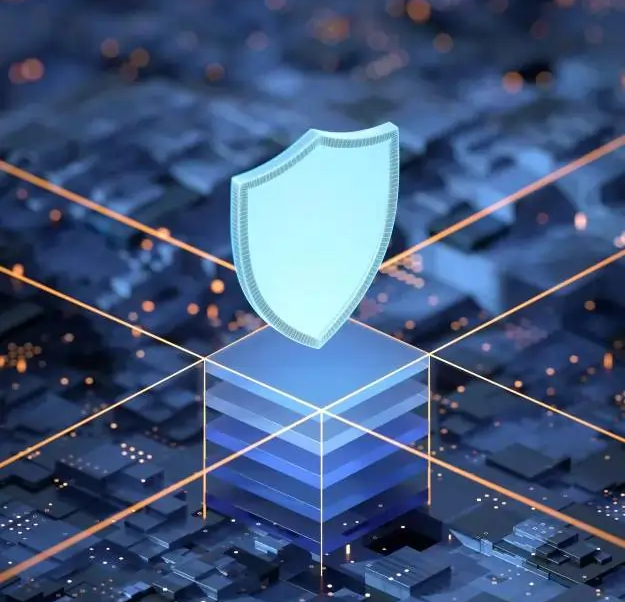Menu
An Incident Response Service is a specialized service that helps organizations detect, respond to, and recover from cybersecurity incidents. It involves a structured approach to managing and mitigating the impact of security breaches, such as data breaches, ransomware attacks, phishing scams, or malware infections.
Discover how Aphelioncyber can protect your digital assets. Our team of cybersecurity professionals is ready to assess your needs and provide tailored solutions to safeguard your business.
Before an incident occurs, organizations should develop and implement an incident response plan (IRP). This plan defines roles and responsibilities, outlines procedures for detecting and responding to incidents, and establishes communication channels. Regular training and exercises should also be conducted to ensure that personnel are familiar with the plan.
The first step in incident response is detecting and identifying the security incident. This may involve monitoring systems for suspicious activity, analyzing logs and alerts generated by security tools, and investigating reports from users or automated detection systems.
Once an incident is detected, the next step is to contain it to prevent further damage. This may involve isolating affected systems or networks, shutting down compromised services, or blocking malicious activity at network boundaries.
After containing the incident, the focus shifts to eradicating the root cause of the problem. This may involve removing malware, closing vulnerabilities, or patching systems to prevent similar incidents from occurring in the future.
With the threat neutralized, the organization can begin the process of recovery. This involves restoring affected systems and data from backups, reconfiguring systems to mitigate vulnerabilities, and ensuring that normal operations can resume as quickly as possible.
Once the incident has been resolved, it's important to conduct a thorough analysis to understand what happened and why. This may involve reviewing logs and forensic data, conducting interviews with personnel involved in the response, and identifying lessons learned to improve the organization's security posture.
Throughout the incident response process, clear and timely communication is essential. This includes notifying stakeholders about the incident, providing updates on the response efforts, and communicating any changes to procedures or policies that may be necessary to prevent similar incidents in the future.

Quickly address security incidents to minimize damage and downtime
Access seasoned professionals for effective incident management and strategic advice.
Strengthen response plans and improve security posture through regular engagement and simulations.

Our experts identify vulnerabilities before they can cause harm, ensuring your business stays protected.
We offer round-the-clock surveillance to detect and respond to threats in real time.
In case of an emergency, our team provides quick and effective solutions to mitigate potential damages.






We anticipate and neutralize threats before they impact your business.
Around-the-clock surveillance to detect and respond to threats instantly.
Custom security strategies to meet your unique needs and industry standards.
At Aphelioncyber, we uphold the highest standards of integrity. We believe in honesty and transparency.







Incident response services involve specialized teams that help organizations manage and resolve security incidents, such as data breaches or cyberattacks, to minimize damage and recover effectively.
Engage an incident response service when a security incident occurs or when you need to improve your preparedness and response capabilities through planning, simulations, and assessments.
Key components include incident detection and analysis, containment and mitigation, eradication and recovery, and post-incident review and reporting.
It provides rapid, expert assistance in managing security incidents, helps reduce damage and downtime, offers guidance on best practices, and strengthens your overall security posture.
You can expect a structured approach to handling the incident, including initial assessment, containment measures, coordination with your team, and a detailed report with recommendations for future improvements.